Architectural Door Hardware
There is minimal training on how to use a door. We inherently know what to look for if we want to operate one—that is if we know how to push or pull at the right moment. However, over the past decade, as clients have enhanced their technology investments to make doors part of their networked security system, the door and door hardware have become more sophisticated. A higher level of planning, programming, and coordination is required to make doors respond to an incident – and pass inspection.
SELECTION
As an aesthetic and functional element, the door hardware is more complex than a simple lever or latch. The details associated with the look, feel, and ease of operating the mechanism are balanced with the code considerations to align with the intended occupant.
Aesthetics + Function
- Material
- Pattern
- Style
- Finish & Surface Treatment
- Regulations & Egress Requirements
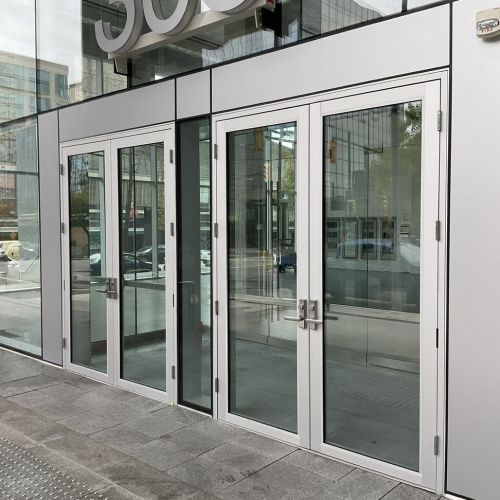
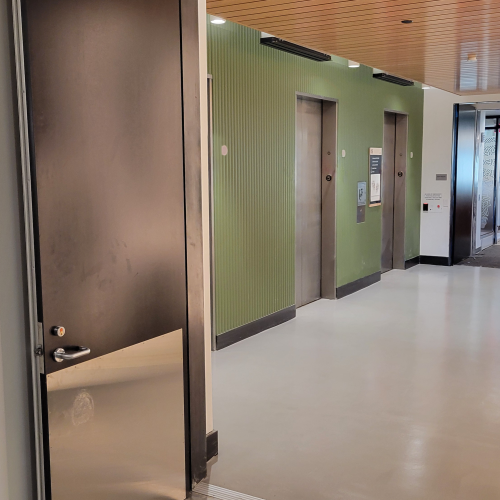
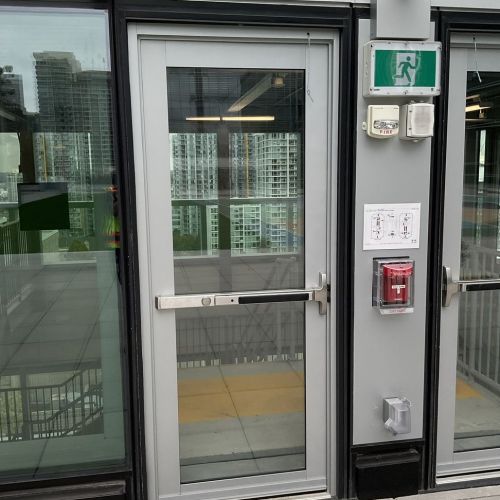
INTEGRATION
As a door represents a portal of entry or egress, its functionality is heightened in the event it becomes a barrier – intended or not. In today’s world, that implies the door hardware is integrated into an electronic building system that triggers a response to an incident. How the door hardware operates, and the occupant interfaces with it are codified in life-safety systems and client standards.
As we dive into the details of these integrated systems, we consider the program space, occupant profile, and programmable responses between the networked systems and the hardware itself.
Technical Factors
- Access Control Systems
- ADA Door Operators
- Intrusion Detection & Video Surveillance Systems
- Intercom Communications & Loud Speakers
- Mass Notification Systems
- Emergency Responders
- Fire Systems
- Areas of Refuge & Mustering Points
- Shooter Detection Systems
- Occupant/Infant Monitoring Systems
- Elevator
- Mechanical
- Lighting
IMPLEMENTATION
The degree to which the user profile is developed in the programming phase will determine how the end product supports the intended purpose of the hardware/human interface. One metric of consideration is the occupant’s familiarity with the mechanism and the planned response to an incident. Another is the systems’ adaptability to reprogramming in the future. As door hardware is integrated into the network, electrical and telecommunications infrastructure are a consideration for optimizing capital investments – a seamless evolution of Hargis’ service offerings.
Considerations
- Occupant mobility
- Occupant knowledge of egress routes
- Density of occupancy
- Intentional barriers (loss prevention systems)

Education
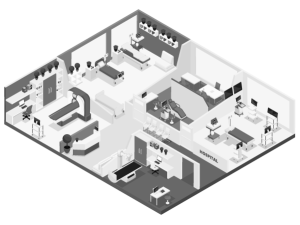
Healthcare
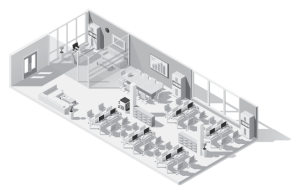
Office

Recreation
IT’S OFFICIAL
The evolution of door hardware has heightened the need for strong coordination between building owners, architects, electronic security consultants, telecommunications consultants, and electrical engineers. Hargis has long recognized this need and we have been providing subject matter expertise related to door hardware for several years. We are now making comprehensive door hardware consulting part of our official offering, led by specialists who understand the unique operating requirements of the various program spaces we serve.




